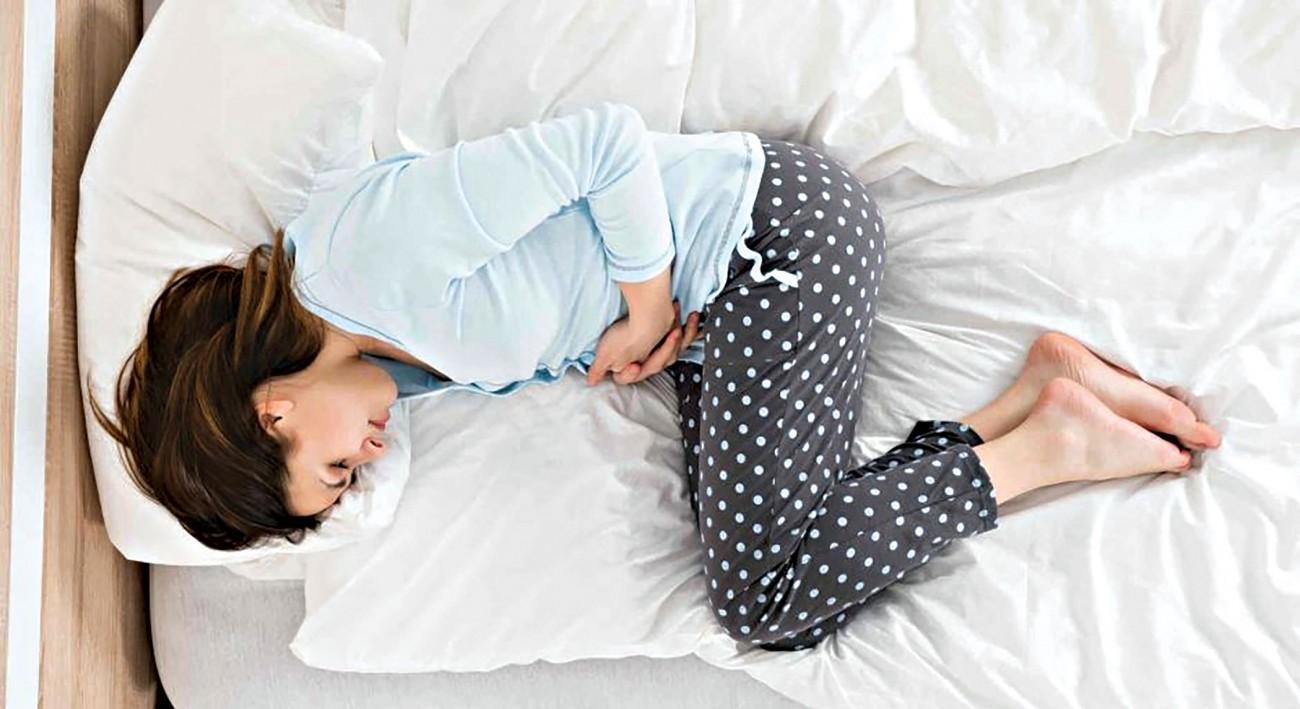A focus on abnormal uterine bleeding
By the age of 10-14 years, when a girl gradually becomes an adolescent, various physical and mental changes take place. One of the most important manifestations of these changes is ‘menarche’ or starting of menstruation. Usually, menstruation takes place for 3-7 days and the amount of bleeding varies anywhere from 30-80 ml. But this menstruation can have various aberrations from normal when it occurs irregularly or multiple times in a single month and the amount of bleeding varies from scanty to very heavy. When no demonstrable or definite organic cause of this abnormal bleeding is found, it is called dysfunctional or abnormal uterine bleeding (DUB or AUB).
For menses to occur regularly, some external and internal factors are intimately related. Among external factors, body weight, nutritional status and climate play a dominant role. Among internal, there is an intimate and rhythmic balance between secretions of different hormones from endocrine glands such as from the ovary, adrenal and thyroid glands.
Abnormal uterine bleeding is categorised into 3 types.
Puberty menorrhagia: This may persist once it started for 3-6 months with heavy amounts of bleeding, putting girls and their parents under tremendous pressure. Sometimes excess or continuous blood loss leads to absenteeism in educational institutions and workplaces or anaemic heart failure leading to hospitalisation for frequent blood transfusions. Most of the time their body build is either skinny or too obese with a high body mass index (BMI).
Reproductive age: These groups of women either suffer from cyclical heavy bleeding or periods every 10-12 days interval (polymenorrhoea or polymenorrhagia) or small amount of bleeding throughout the whole month (metrotaxis).
Premenopausal menorrhagia: Before established menopause, these groups of women with an age range of 45-50 years suffer from excess bleeding most of the time.
Normally there is an intricate system of balance between blood supply and stoppage of bleeding in the uterus. 2 types of prostaglandins are playing together to maintain haemostasis as thromboxane causes vasoconstriction and platelet aggregation whereas the reverse is done by prostacyclin. Whenever there is an imbalance between these 2 types of prostaglandins, which may occur in case of sorrows, anxiety, any kind of stress, sexual disharmony of a couple or abnormal secretions from adrenal or thyroids can lead to abnormal uterine bleeding.
Appropriate history, proper examination and relevant investigations to rule out known causes are paramount to diagnose a case of AUB. Relevant investigations may include complete blood count, thyroid function tests and ultrasonography to exclude tumours of the uterus or ovary and to see the thickness of the inner lining of the uterus (endometrium).
Treatment:
The treatment for AUB depends on a few factors. Age-related appropriate counselling to a greater extent is needed to get relief from anxiety, tension, mood fluctuation and sexual dissatisfactions. Those who are obese need to lose weight. Underweight women will need a nutrition-rich balanced diet. Anaemic individuals need their anaemia corrected.
Some medications like Nonsteroidal anti-inflammatory drugs (NSAID) or antifibrinolytics may prove to be beneficial. Combined oral contraceptives as prescribed by a physician may bring comfort to the patient. Hysteroscopy can be done for both diagnosis and treatment. When different medications can not relieve a patient of her symptoms, they may require surgical intervention.
Abnormal uterine bleeding is common and is rarely a reason to be worried. But if one experiences other symptoms in addition to irregular bleeding, she must consult with a doctor as soon as possible.
The writer, Prof Dr Hamida Begum is a Gynaecologist and Obstetrician working at Widad University College, Malaysia. She can be reached via e-mail: hmdbgm01@gmail.com
Source: The Daily Star


